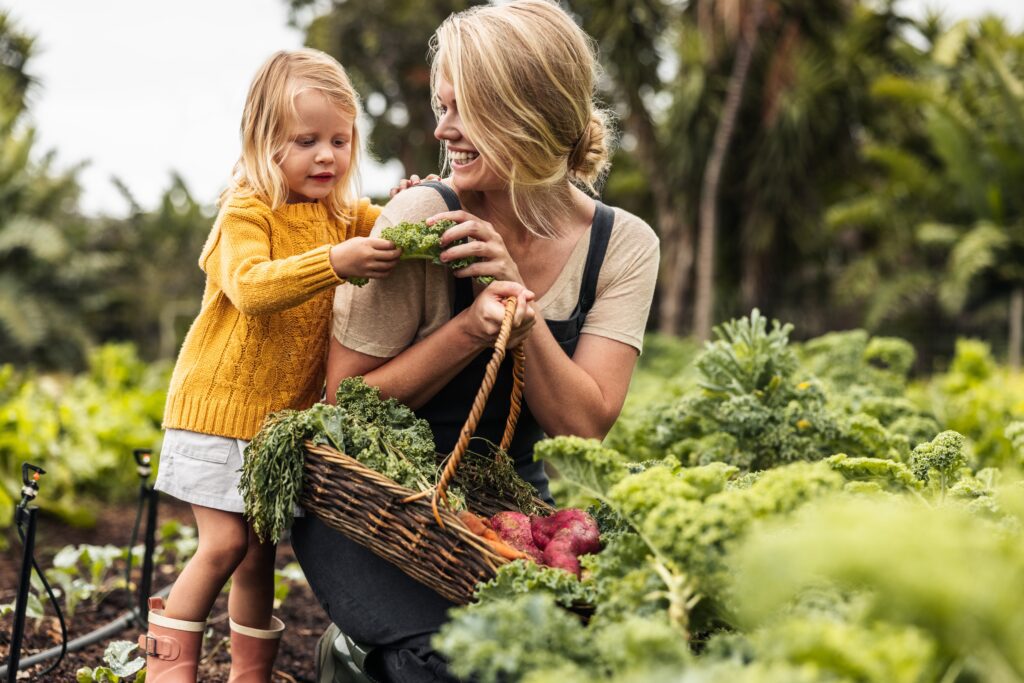Harvest Storage Tips: Efficient Ways to Preserve and Organize Fresh Produce
Effective Methods for Harvest Storage
As the harvest season reaches its peak, it’s time to reap the rewards of your hard work in the garden or at the local farmer’s market. Preserving and organizing fresh produce can be a challenge, but with the right techniques and strategies, you can ensure that your bounty remains fresh and accessible throughout the year. In this guide, we’ll explore the best methods for preserving and organizing your fresh produce, helping you make the most of the harvest season.
Understanding Fresh Produce Preservation
The Importance of Proper Preservation
Preserving fresh produce is crucial for maintaining its flavor, texture, and nutritional value. Proper preservation techniques can extend the shelf life of fruits and vegetables, reducing waste and allowing you to enjoy seasonal produce long after the harvest season has ended. By using the right methods, you can keep your produce fresh, nutritious, and ready for use in a variety of recipes.
Key Preservation Methods
Several methods can be used to preserve fresh produce, each suited to different types of fruits and vegetables. Understanding these methods and choosing the right one can help you achieve the best results.
- Canning involves sealing produce in jars or cans and heating them to kill bacteria, yeasts, and molds that cause spoilage. This method is ideal for fruits, tomatoes, and pickles. Canned goods can be stored for months or even years, making it a great way to enjoy seasonal produce year-round.
- Freezing preserves produce by lowering the temperature to inhibit the growth of bacteria and enzymes. This method works well for berries, corn, and leafy greens. Proper blanching (briefly boiling vegetables) before freezing can help maintain texture and flavor.
- Drying removes moisture from produce, preventing the growth of mold and bacteria. This method is suitable for herbs, fruits, and vegetables. You can use a dehydrator, an oven, or air-dry methods to achieve the desired results.
- Fermentation involves using beneficial bacteria to convert sugars in produce into acids, which act as preservatives. This method is commonly used for vegetables like sauerkraut and kimchi. Fermented produce has a unique flavor and can be a nutritious addition to your diet.
- Pickling involves immersing produce in a solution of vinegar, salt, and spices. This method is great for cucumbers, peppers, and onions. Pickling adds flavor and extends the shelf life of produce.
Organizing Fresh Produce
Creating a Storage Plan
Effective organization is key to making the most of your preserved produce. Creating a storage plan involves categorizing your produce and choosing the best storage solutions to keep everything easily accessible.
- Labeling: Labeling jars, containers, and bags with the contents and date of preservation can help you keep track of what you have and when it was preserved. This practice ensures you use older items first and avoid confusion.
- Categorizing: Group similar items together. For example, keep canned fruits in one area and pickled vegetables in another. Categorizing helps you locate items quickly and prevents clutter.
- Inventory Management: Maintain an inventory list of your preserved produce. This list can be a physical notebook or a digital spreadsheet. Regularly update the inventory to track what you have and plan your meals accordingly.
Choosing Storage Containers
Selecting the right storage containers can make a significant difference in preserving the quality of your produce. Here are some options to consider:
- Glass Jars: Ideal for canning and storing dried goods. Glass jars are non-reactive and can be reused multiple times. Choose jars with airtight lids to prevent moisture and contaminants from affecting the contents.
- Plastic Containers: These are useful for freezing and storing produce in the refrigerator. Look for containers that are freezer-safe and have secure lids to prevent freezer burn.
- Vacuum-Sealed Bags: Perfect for freezing and long-term storage. Vacuum-sealing removes excess air, reducing the risk of freezer burn and preserving freshness.
- Mesh Bags: Great for storing fruits and vegetables that need ventilation, such as onions and potatoes. Mesh bags allow air circulation, preventing mold and sprouting.
Storage Locations
The location where you store your preserved produce can impact its longevity and quality. Consider these storage areas:
- Pantry: A cool, dark, and dry place is ideal for canned goods and dried produce. Ensure the pantry is well-ventilated and away from direct sunlight.
- Refrigerator: Use the refrigerator for short-term storage of fresh produce and for thawing frozen items. Maintain proper organization to prevent cross-contamination and spoilage.
- Freezer: Store frozen produce in the freezer, ideally at or below 0°F (-18°C). Use freezer-safe containers and avoid overloading the freezer to ensure proper air circulation.
- Root Cellar: If you have access to a root cellar, it can be an excellent place for storing certain types of produce, such as root vegetables and squash. Root cellars provide a cool, humid environment that can extend the shelf life of these items.
Maximizing Your Harvest Storage
Efficient Use of Space
Making the most of your storage space involves organizing efficiently and using available space wisely. Here are some tips to maximize your harvest storage:
- Utilize Vertical Space: Use shelves, hanging racks, and wall-mounted storage to take advantage of vertical space. This approach helps keep counters and floors clear, providing more room for your produce.
- Implement Rotation: Practice first-in, first-out (FIFO) rotation to ensure older items are used before newer ones. This practice helps reduce waste and keeps your storage organized.
- Invest in Self-Storage Solutions: Consider using self-storage units for additional space if you have a large quantity of preserved produce. Self-storage units offer a climate-controlled environment that can help maintain the quality of your items.
- Seasonal Organization: Adjust your storage organization with the changing seasons. For example, during harvest season, prioritize storing and organizing newly preserved produce, while in the off-season, focus on utilizing existing items and planning for the next harvest.
Maximize Your Harvest with Smart Storage Solutions
Properly preserving and organizing your fresh produce from the harvest season is essential for making the most of your bounty and reducing waste. By employing effective preservation methods, such as canning, freezing, drying, fermentation, and pickling, you can ensure that your fruits and vegetables remain fresh and nutritious long after the harvest season ends.
Efficiently organizing your preserved produce with labeling, categorizing, and choosing the right storage containers will help keep your items accessible and well-maintained. Additionally, utilizing smart storage solutions, including vertical space and self-storage options, can further enhance your organization and ensure that your preserved produce remains in optimal condition.
Embrace these harvest storage tips to enjoy the fruits of your labor throughout the year. With careful planning and organization, you can make the most of your harvest and savor the flavors of the season well into the future.






